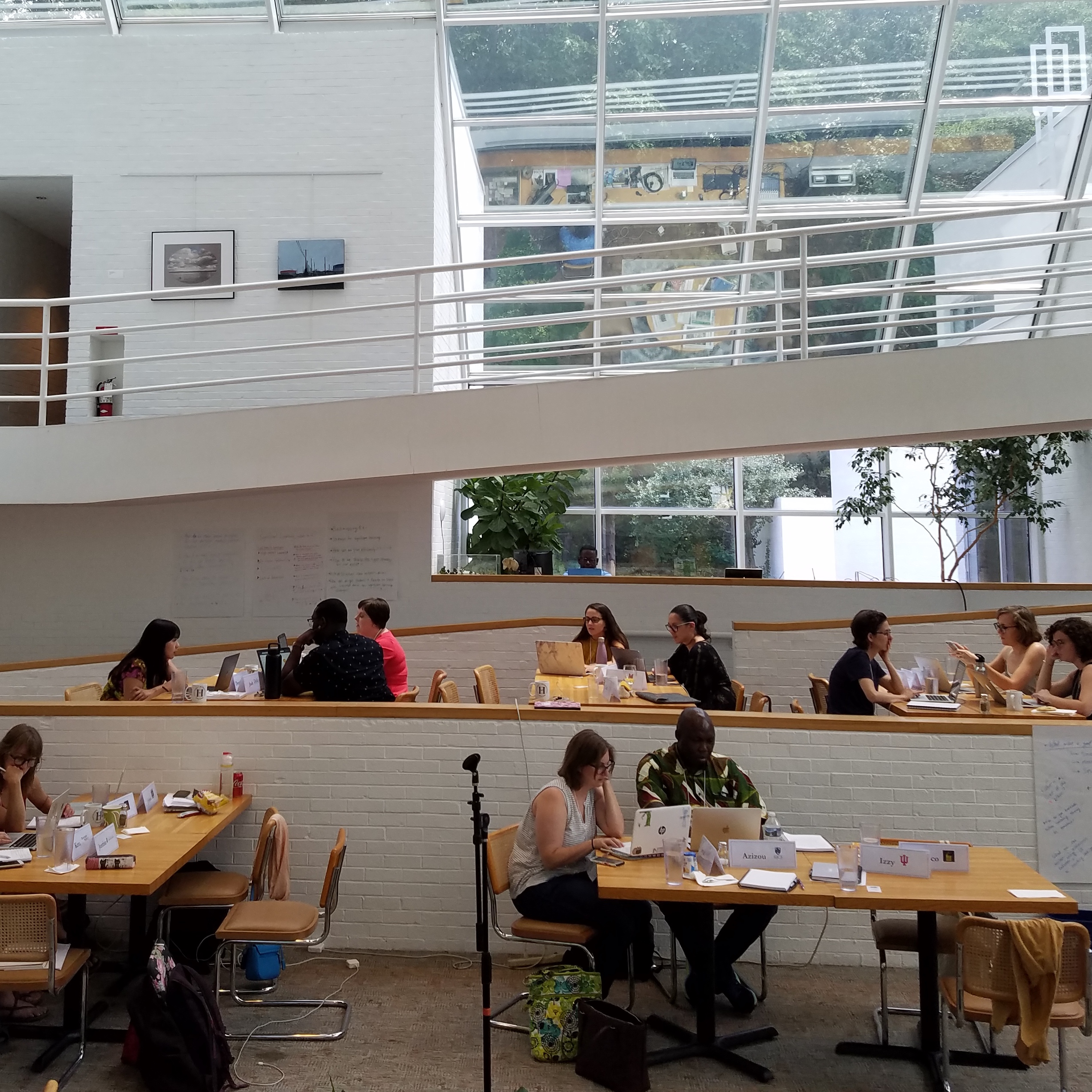 Beginning in 2018, the Center for the Humanities and the Public Sphere, with the support of the Robert and Margaret Rothman Endowment for the Humanities and the College of Liberal Arts and Sciences, has supported UF faculty participation in summer programs at the National Humanities Center (NHC) in Research Triangle Park, North Carolina. These include: a one-month faculty residency at the NHC, and participation in virtual themed institutes that focus on practical teaching, research, and professionalization skills.
Beginning in 2018, the Center for the Humanities and the Public Sphere, with the support of the Robert and Margaret Rothman Endowment for the Humanities and the College of Liberal Arts and Sciences, has supported UF faculty participation in summer programs at the National Humanities Center (NHC) in Research Triangle Park, North Carolina. These include: a one-month faculty residency at the NHC, and participation in virtual themed institutes that focus on practical teaching, research, and professionalization skills.